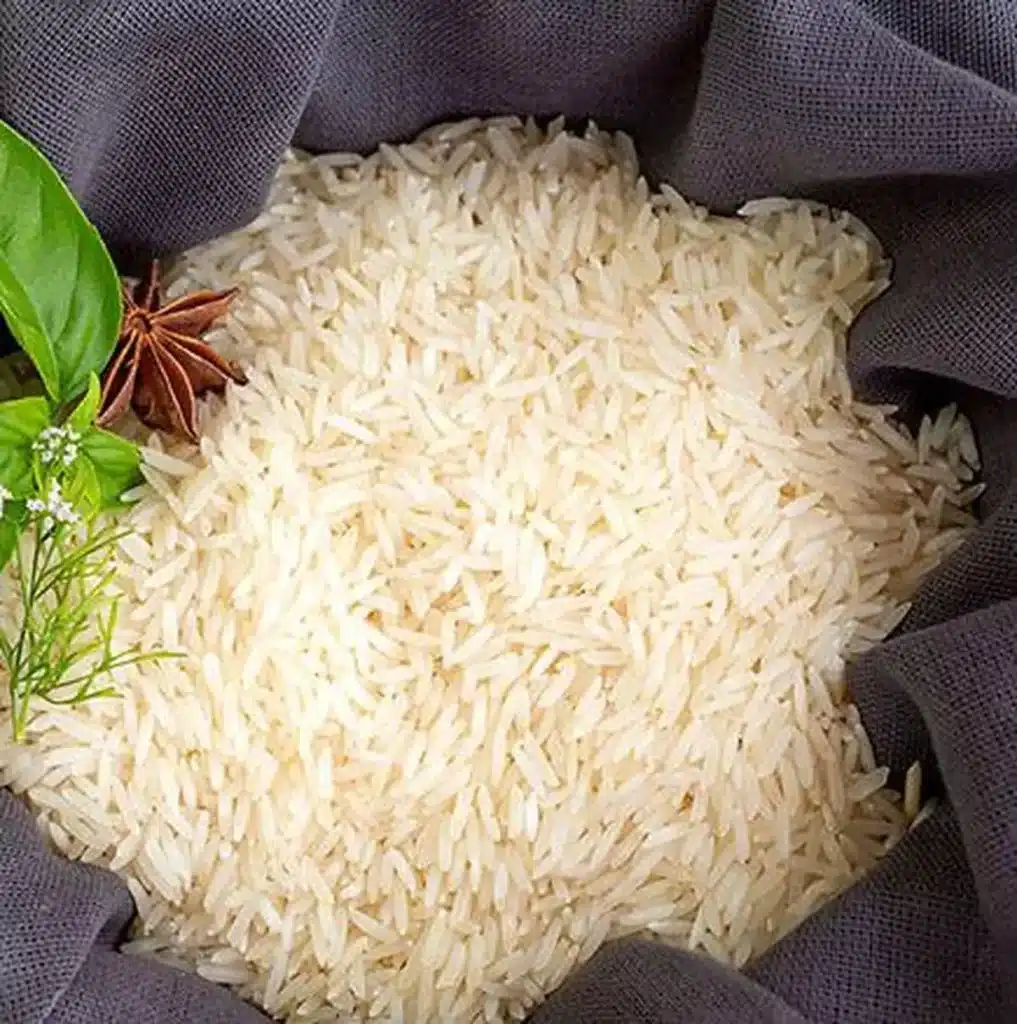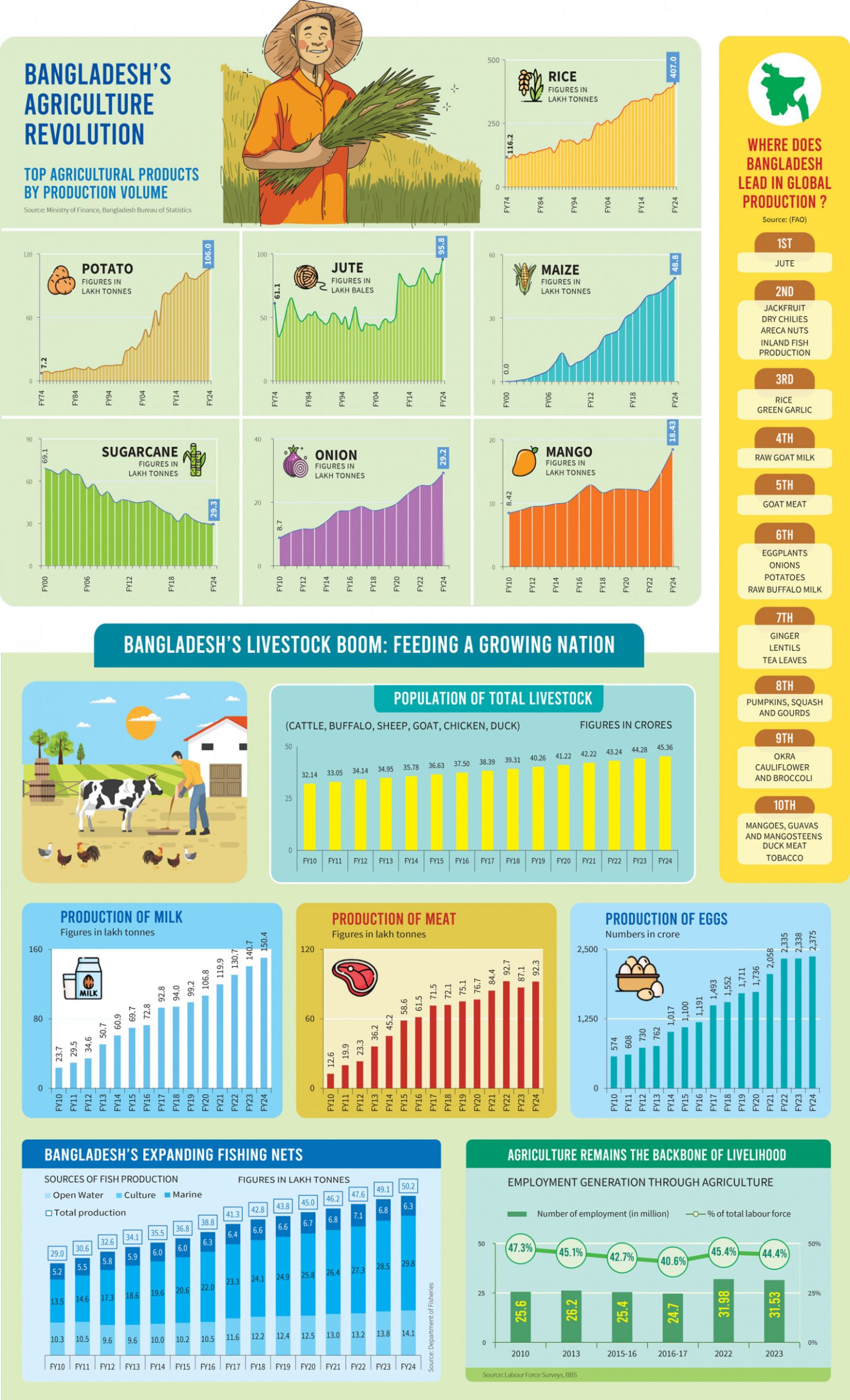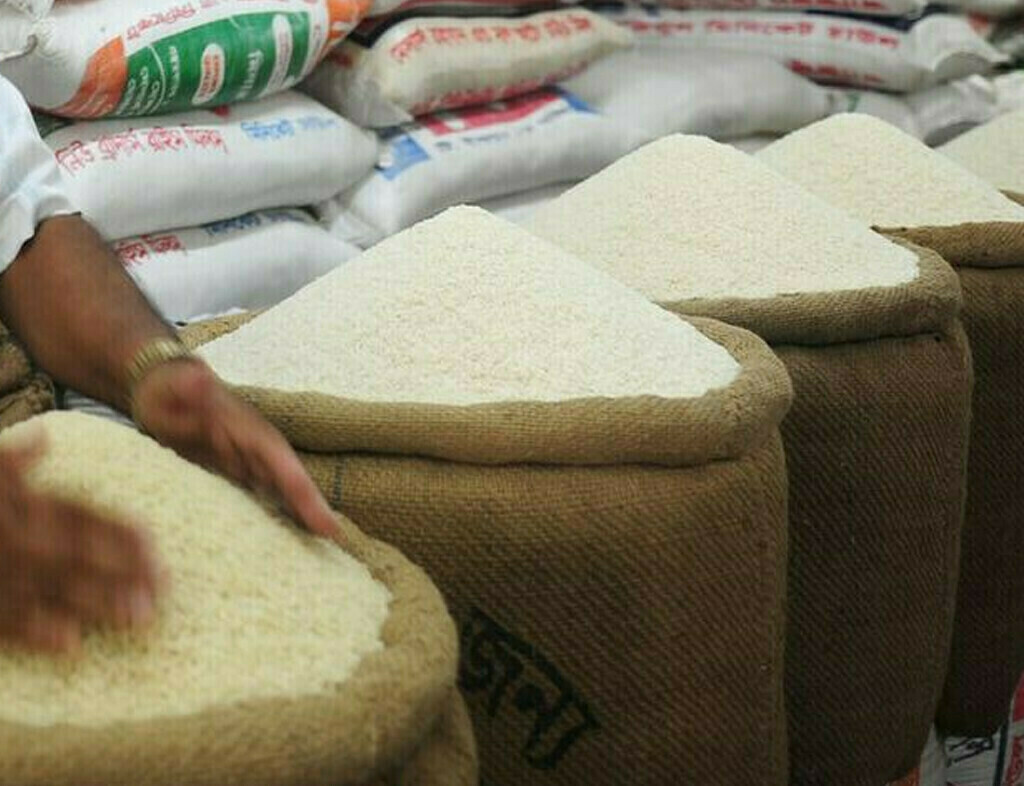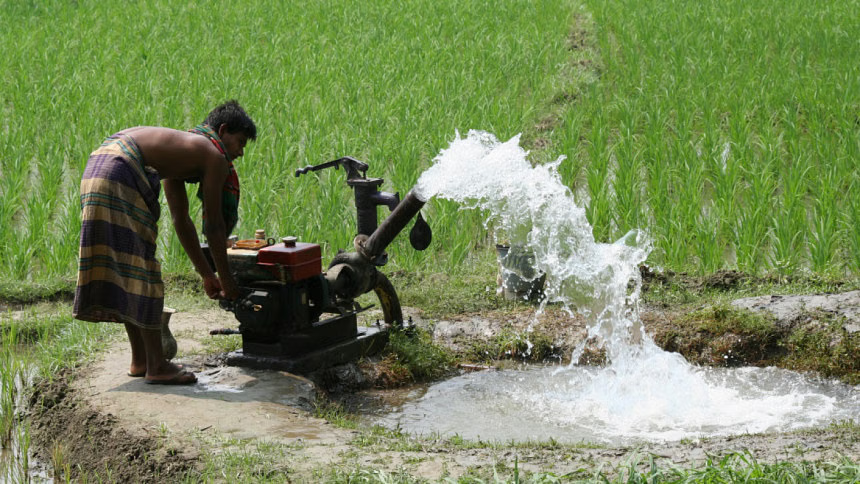Tags
How trade agreements influence Basmati rice exports and imports
If India gets GI status for the fragrant rice in Europe, it will help increase its market via more trade agreements, and lead to rise in domestic cultivation
BY ANSHUL GARG

The demand for premium long-grained Basmati rice has been on an upward spiral in the international market since the past decade. The agricultural economy of India has particularly benefited from this since the country accounts for a massive 70 per cent market capitalisation for the total Basmati production globally.
Rising demand and prices have led India to establish trade agreements, often influencing the export and import of staple products across geographies.
The Government of India introduced a minimum export price of $1,200 per tonne of Basmati export in August 2023. This resulted in a price hike in Basmati across key markets, slowing down sales and leaving farmers with excess products. In response, the government acted swiftly to cut the MEP to $950, normalising Basmati trade internationally. This also led to the initiation and renewal of numerous trade agreements, one of the most significant being with top buyers in Europe and the Middle East.
Shipping trade agreements
Indian Basmati rice exporters procure their stocks between November and January. To ensure smooth exports in key markets, these companies often sign trade agreements with their overseas counterparts which allow them to avoid wastages. For example, when an Indian Basmati exporter procures rice paddies during the collection period, they tend to reach out to foreign buyers looking to import the same in cost-effective models. To align their interest with the market dynamics and avoid price fluctuations, both Indian exporters and foreign buyers sign trade agreements that ensure the entire paddy stock is sold in due time without any delays.
Furthermore, many Indian exporters line up trade agreements with shipping companies with bulk orders of containers. This allows them to book a certain amount of containers well ahead of time, so any price fluctuations do not hamper the export of Basmati rice across key markets. For example, the recent Red Sea crisis led to shipping costs skyrocketing, the impact of which was felt dearly in key sectors. However, the impact on Indian exporters who had previously signed trade agreements with various shipping entities was limited by the raised expenditure, and Basmati continued to reach key markets without any significant price increases.
India remains the world’s largest producer of Basmati rice, exporting over 4 million tonnes of the staple food across Asia, Africa, the Americas and Europe.
Governmental trade agreements
The Indian government is actively looking to develop new export markets for Basmati rice. State governments have urged Indian missions in the US, Canada and Central Asia to initiate talks with local governments to establish trade agreements for Indian Basmati rice. Given the minimum export price norms have evolved to make way for reforms, new trade agreements will open up new markets for the Indian Basmati across the world. This will lead to enhanced trade between India and numerous countries, contributing to bolstering India’s position as the largest exporter of Basmati and more importantly, India’s GDP.
For example, enhanced demand from the European Union (EU), the UK and the Middle East has led to India signing several deals to export over 500,000 tonnes of basmati rice across key geographies. This has also resulted in India pushing to reduce tariffs on the long-grained product in the British markets. This push was part of the eagerly awaited Free Trade Agreement (FTA) between the two nations, offering numerous benefits to traders and customers alike in a streamlined approach. This has also led to reduced retail prices for customers as governmental trade agreements ensure uninterrupted supply at cost-effective pricing models for billions of consumers in key markets.
Geographical Indications (GI)
India has been overly active in securing the Geographical Indications (GI) tag for its premium Basmati rice for some time. The Indian Basmati rice has garnered numerous periodic rewards as the world’s best in its segment and a GI tag for it helps ensure continuous protection of its fame and ward off any emulation approach. Robust trade agreements are key to imposing and administering GI tags across key overseas markets, which has been one of India’s priorities in the last couple of years.
Basmati rice received GI status in India in 2016, and currently, the country is proactively advocating for a similar status in the European Union. This effort has been made to curb the influence of Basmati rice from neighbouring Pakistan, who are the second-largest producer and exporter of the staple food. Should India receive a GI status for the Basmati rice in Europe, it will not only help increase the market for Basmati through more trade agreements, but it will also lead to an increase in Basmati cultivation domestically, allowing farmers and exporters to generate more profits.
The author is Director and CEO of Aroma Agrotech
https://www.thehindubusinessline.com/economy/agri-business/how-trade-agreements-influence-basmati-rice-exports-and-imports/article68290059.ecePublished Date: June 15, 2024






